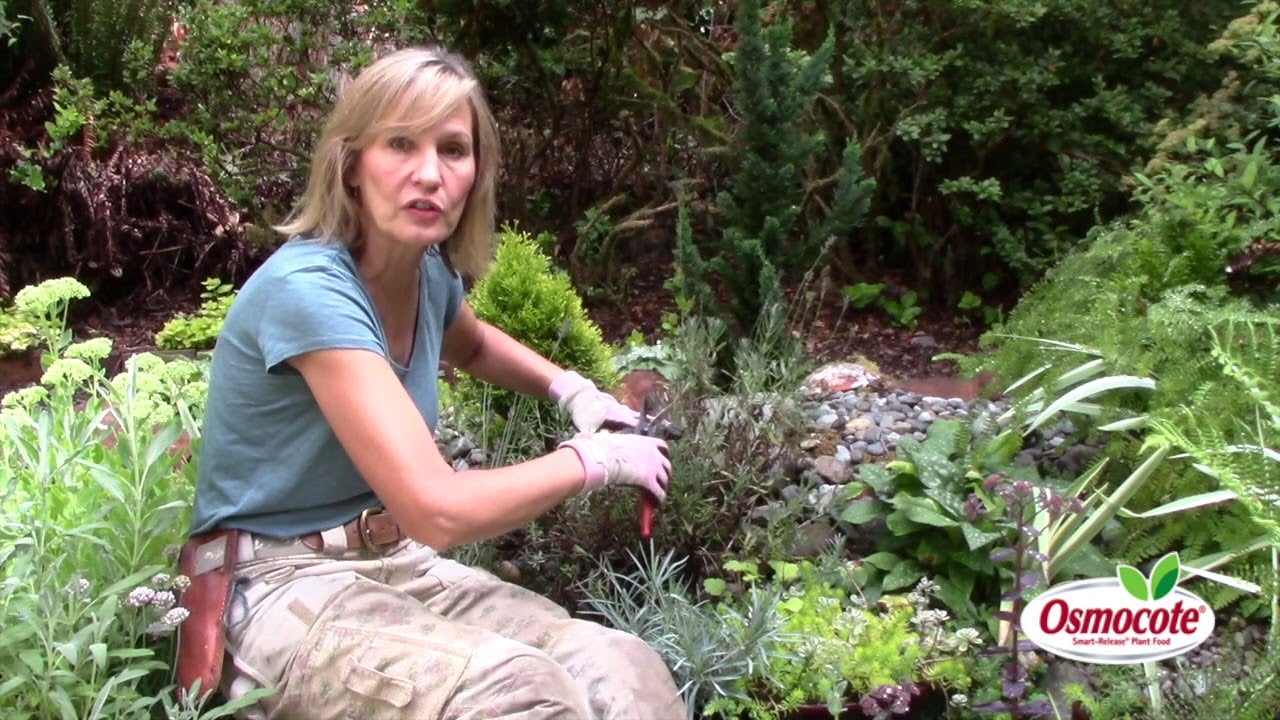July Gardening Tips: How to Grow Your Dream Garden This Year
INSIDE: Looking for July gardening tips? Get helpful gardening advice for your summer garden: how to care for flowers and crops plus a gardening calendar!
It’s July, which means it’s hot outside! 🥵
But it doesn’t matter because the long July days mean I get to spend more time enjoying my garden!
- Most everything is planted.
- My flower garden is overflowing with blooms and filled with the faint hum of bees.
- And I feel as content as a cat curled on a sun-warmed walkway.
Or maybe the summer heat has fried my brain and made me delusional. 😅
Whatever the case, July is probably my favorite month of the gardening season.
And while there’s a lot to enjoy, there’s also a lot to do this month.
But it can be hard to know where to start…
That’s why I’ve put together this handy guide to July gardening.
You’ll discover what you need to do this month and get helpful tips to make the jobs easier.
So read on and get ready to get busy in your garden!
But first, as a bonus for joining my weekly newsletter, download a free gardening in July checklist. You’ll be sure to get the right things done this month!
Heads up: I’ll earn a small commission if you buy something after clicking a link in this post. I only link to products I’d recommend to my best friend.
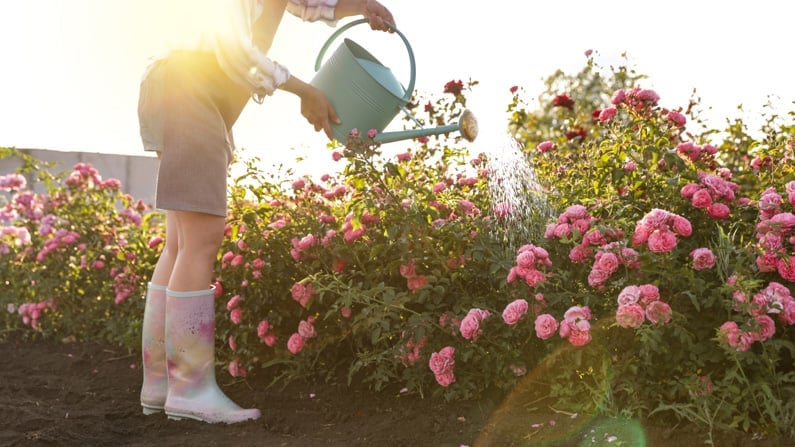
July gardening tips for your flower garden
- Water your established plantings that have been dry for several weeks.
- Perennials that have been heavily pruned back also need to be kept moist.
- Check container plantings twice daily when temperatures exceed 90° (F). Water whenever the top few inches of soil dry out.
- Weed! This is the perfect time to keep weeds from making seeds now. This will mean fewer weeds (and less weeding) next year. Make a pass through each garden bed every week. Don’t let weeds get more than two weeks old.
- Water new groundcovers and weed them to encourage spreading.
- If you are away on vacation this month, arrange to have someone water your plants, especially those in containers, or set up an automated watering system.
- Avoid fertilizing trees and shrubs after July 4th. Late summer fertilizing may cause lush growth that’s more prone to winter kill.

- Fall webworms begin nest building near the ends of branches of infested trees. Prune off webs. Spray with Bt if defoliation becomes severe.
- Hot, dry weather is ideal for spider mite development.
- The best way to prevent them is to keep your plants properly irrigated and avoid using pesticides that kill their natural predators.
- Control them with a hard stream of water (which will kill many of them) or by using insecticidal soap.
Get a printable list of what to do in your garden this month: Download my free July checklist.
- Prune out water sprouts. These are weak, green, and very fast-growing shoots that grow vertically from branches of fruit trees, redbuds, or other ornamental flowering trees.
- Control mosquitoes by eliminating all sources of stagnant water.
- Re-edge beds to make a clean line and define them.
- Add spent annuals, disease-free early vegetables, and seed-free weeds to your compost pile.
Make the most of the garden space you have when you enroll in Small Space, Big Harvest.

- Complete pinching or cutting back of autumn-blooming plants by mid-to-late July. Don’t pinch mums after mid-July, or you may delay flowering.
- Dead-leaf plants that bloom in early summer, as needed.
- Deadhead heavy-blooming perennials like tick-seed (coreopsis) every few days to keep them looking their best.
- Prune crowded or sprawling perennials to keep them in bounds.
- Cut back any insect-ridden foliage.
- Deadhead perennials as blooms fade.
- This is particularly important for perennials that tend to spread by self-sowing.
- Some plants, such as delphinium and phlox will offer a second blooming period if cut back now.
Related freebie: Garden maintenance checklist (pdf format). It includes many gardening tips for July.
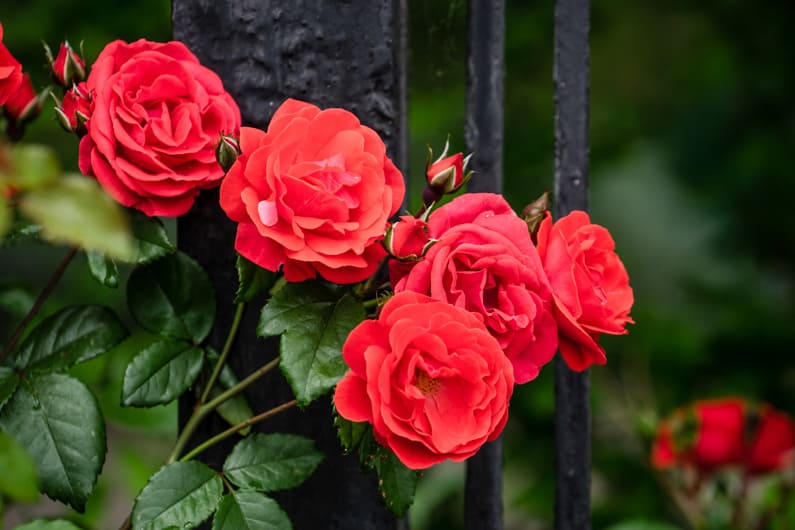
- Cut back perennials that go dormant early, such as bleeding heart (Dicentra spectabilis) and leopard’s banes (Doronicum).
- Deadhead annuals to encourage continued bloom. Shear back tired-looking impatiens and petunias by half to rejuvenate them.
- Check staked perennials to see if they need more support to keep them upright and beautiful.
- Remove infected leaves from roses. Pick up fallen leaves and continue fungicidal sprays as needed.
- While spraying roses with fungicides, mix extra and spray hardy phlox to prevent powdery mildew.
- Subshrubs that have gotten straggly may need a hard pruning. Lavender can be deadheaded in July to promote another flowering period in September.
Take the guesswork out of what to do in your garden this month. Get my FREE Smart Gardening Checklist for July.
Watch a video from Osmocote’s channel about pruning Lavender mid-summer
- Monitor foliage of densely planted annuals and perennials that might show fungal attacks now due to cool, damp weather earlier this season.
- Fertilize container plants every two weeks with a water-soluble fertilizer.
- Fertilize after you’ve watered the containers and the soil is moist.
- A fertilizer with a 3-1-2- ratio is a good choice.
- Spray hollies for leaf miner control if they’ve been a problem for you in the past.
July garden chores in your vegetable garden
- One of the best ways to prevent disease is to keep your garden clean. Clean up diseased leaves and fruit that drop.
- Harvest onions and garlic when the tops turn brown.
- Onions should be dug when the tops brown and flop over.
- Dig garlic when the tops have died back by one-third down the stalk.
- Continue to hill potatoes and dig potatoes when the tops die. Plant fall potatoes by the 15th.
- Control corn earworms.
- Apply several drops of vegetable oil every 3 to 7 days when silks appear.
- Sprays of Btk (Bacillus thuringiensis var. kurstaki) are also effective.
- You can make your oil application more effective by adding Btk or Neem oil to it.
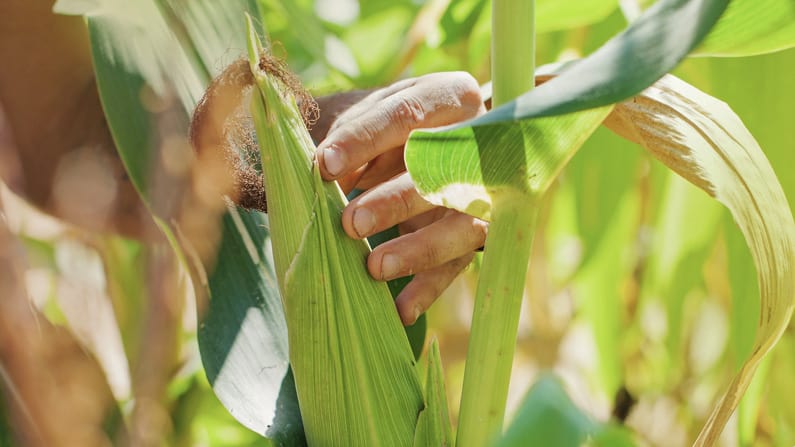
- Some pesticides have a waiting period of several days between the time of the last spray and harvest.
- Read and follow directions on all labels before applying to your vegetable crops.
- Wash all produce thoroughly before use.
- Continue to water vegetables regularly; don’t let the soil beneath tomatoes or cucumber dry out. Drought conditions will cause bitter fruit in cucumbers and blossom end rot in tomatoes.
- Weed!! Keep an eye on weed growth this time of year. Vegetables don’t tolerate competition from weeds.
- Hand-pollinate melons and squash if high temperatures inhibit fruit set.
- Dab pollen-bearing male flowers with a small artist’s brush, then paint the pollen onto female flowers.
- Female flowers have a swollen base where the vegetable will form.
Make getting the right things done this month simple. Download my FREE gardening checklist.

- Cover grape clusters loosely with paper sacks to provide some protection from marauding birds.
- Prune out and destroy old fruiting canes of raspberries after harvest is complete.
- Monitor apples during late July when apple maggots are laying their eggs. Hang red decoy apples in trees to trap these pests. When the insect count reaches a high level, it’s time to take steps to control them.
- Allow blossoms on newly planted everbearing strawberry plants to develop for a fall crop.
- July is a good time to side-dress strawberries with 0.5 pounds of actual nitrogen per 100 feet.
Related: What to plant in July. It’s everything to sow for a fall harvest.
July lawn care tips
- Lawns that become dormant and brown due to a lack of water will usually recover nicely as precipitation increases in the fall.
- Water frequently enough to prevent wilting. Early morning irrigation allows the turf to dry before nightfall and will reduce the chance of disease in humid climates.
- Monitor lawns for newly hatched white grubs. If damage is occurring, apply appropriate controls, following product label directions.
Mow grass one-half inch higher than usual during the dry summer months to help conserve soil moisture.
Cheryl Spencer, certified gardener
- Avoid using herbicides in hot weather. Always read directions carefully.
- Pull out annual weeds, such as crabgrass, before they go to seed – crabgrass preventer only works in the spring and early summer months.
- Mow grass one-half inch higher than usual during the dry summer months to help conserve soil moisture. Don’t mow when the lawn is under severe drought stress.
- Keep your mower blade sharp! A brown or grayish cast over a lawn can be caused by dull or improperly adjusted mower blades that shred grass rather than cut it.
Download my FREE gardening checklist for July as a bonus for joining my newsletter.
Wildlife in your July garden

- Provide water in the garden for the birds, especially during dry weather.
- Keep your hummingbird and oriole feeders clean and filled with fresh food. Sugar water goes bad quickly in hot weather!
Plan to change the food every 2-3 days – sooner if the feeder is in the direct sun. It’s best to give your feeders some shade if you can. - Report monarch butterfly sightings to Journey North.
- Report insect pests to The Big Bug Hunt. They’re creating a predictive system that will alert you when pests are headed your way.
Garden planning and journaling in July
- Make a note of empty spots in borders that might benefit from planting summer-flowering bulbs next year. Related: Printable journal pages.
- July is a peak month for annual and perennial borders. Don’t forget to take some photos for your garden journal!
- Pay attention to areas that invite weeds in to stay a while. While you’re weeding, make notes on reworking those problem spots. More mulch, less tilling of the soil, and drip irrigation rather than overhead watering can reduce your weed problem.
July gardening calendar: download your free July gardening checklist
Join my weekly-ish newsletter, and as a bonus, you’ll get a printable July gardening to-do list! Click here to download and subscribe.
Here’s a sneak peek of your checklist:
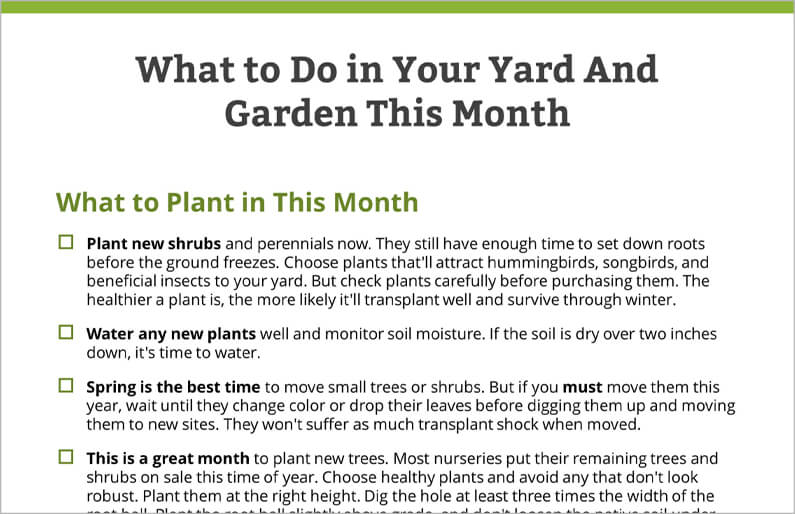
Download the July gardening checklist now. You’ll be sure to get the right things done in your garden every July!
Your turn: what to do in the garden in July
Did I miss any important July garden chores or summer gardening tips?
Let me know in a comment below!
More monthly gardening tips:


